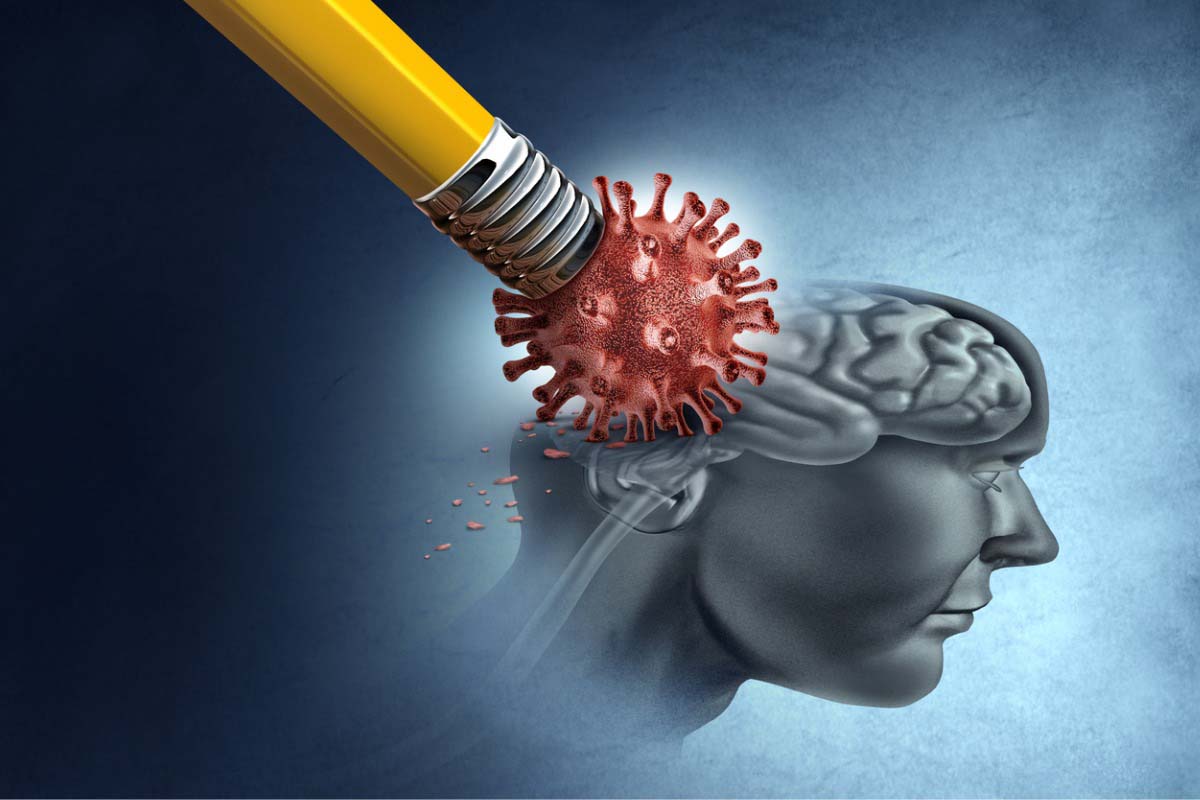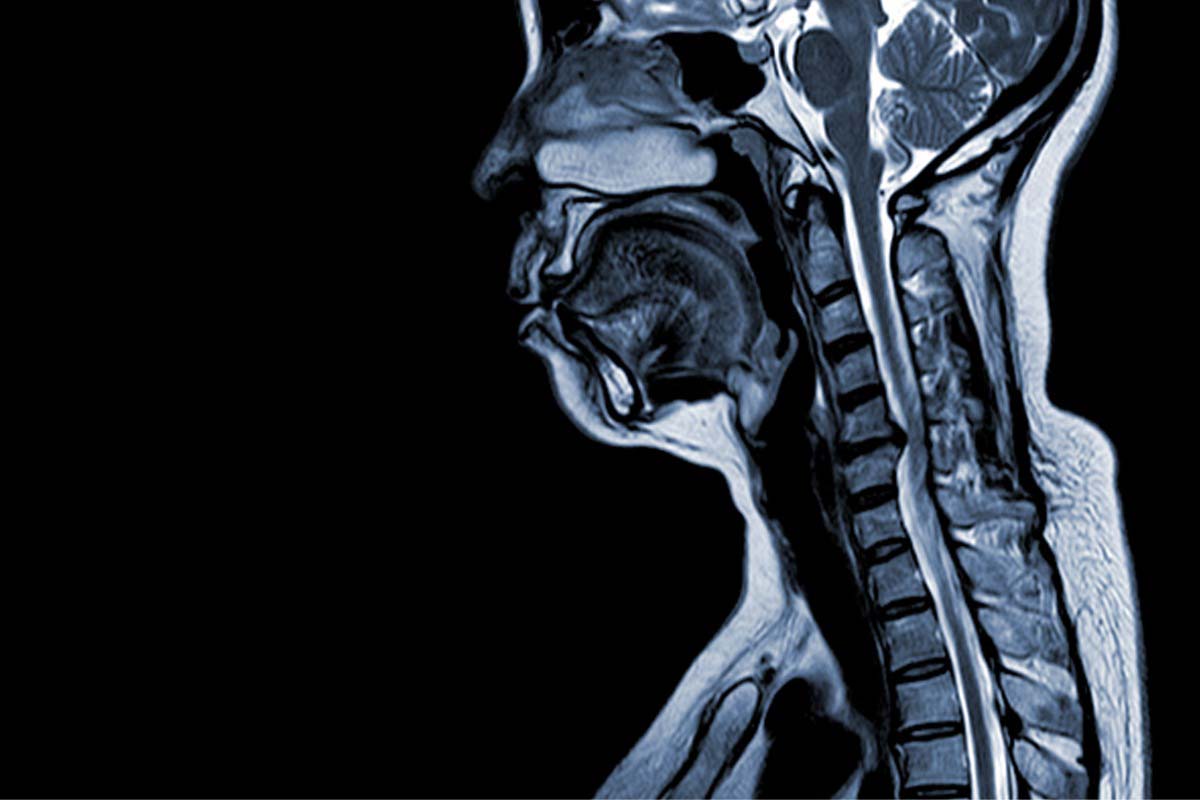COVID-19–Related Stigma Among Inpatients With COVID-19 Infection:
A Cross-Sectional Study From India
The coronavirus disease 2019 (COVID-19) pandemic has had a significant impact on global mental health. Studies1 from across the world reported significant psychological distress associated with the COVID-19 pandemic among patients, health care workers, and the general population. Another significant public health issue reported during this pandemic was stigmatization.2-4 Stigmatization of patients with infectious diseases served to reduce transmission of the particular disease in the past.5 However, during the COVID-19 pandemic, stigma has actively increased the spread of the disease, as patients with COVID-19 or at-risk individuals avoided seeking health care to avoid being stigmatized.5 There are many reports highlighting the stigma faced by COVID-19 survivors; many were isolated by their neighbors and labeled with tags such as superspreader.6 However, there are only a few publications exploring stigma among COVID-19 patients.7-10
Methods
This cross-sectional study was conducted at a COVID-19 treatment facility managed by public-private partnership in South India. The study was approved by the hospital’s ethical committee. The study period was August 1, 2020, to September 30, 2020. Purposive sampling was used to recruit participants. Inclusion criteria were COVID-19 patients > 18 years of age who were clinically stable for the interview. Informed consent was received from all participants.
We developed a self-report instrument that measures COVID-19–related stigma among participants based on the Berger-HIV Stigma Scale (12-item short version).11 The 12-item short version of the Berger-HIV Stigma Scale consists of the following subscales: personalized stigma (3 items, α = 0.88), disclosure concerns (3 items, α = 0.84), concerns about public attitudes (3 items, α = 0.81), and negative self-image (3 items, α = 0.80). The questionnaires consisted of 11 questions with response options on a 5-point Likert scale (shown in Supplementary Appendix 1). Responses were summed to calculate a total score, with a possible range of 0-44; higher scores indicate a higher level of stigma. The scale also assesses 4 aspects of stigma: personalized stigma, disclosure concerns, concerns about public attitudes, and negative self-image. Sociodemographic and clinical details were also collected using a structured proforma.
Results
We received data from 56 COVID-19 patients during their hospital stay. The mean age of the sample was 46.02 years, and 58.9% were women. Of the patients, 29 (51.8%) had unknown exposure, 22 (39.3%) had exposure from family members and neighbors, and 5 (8.9%) had hospital exposure. More than half of the admitted patients were asymptomatic, and 29 (51.8%) had comorbid medical illnesses. Details of the patient sample are summarized in Table 1.
The mean ± SD total stigma score was 14.75 ± 6.87. Four (7.1%) patients had a stigma score > 22, indicating significantly higher stigma. Among 4 domains of COVID-19 stigma, patients had significantly higher stigma in the domain of concern about public attitude (6.07 ± 3.13), and personalized stigma was relatively lower. Details are summarized in Table 2.
Discussion
This the first study, to our knowledge, to report COVID-19–related stigma among COVID-19 inpatients in India. We found that 7.1% of the respondents had significantly higher stigma levels, and patients had significantly higher stigma in the domain of concern about public attitude. The study findings have clinical as well as policy implications. A recent study4 from Vietnam explored stigma among people after quarantine and found higher-level stigma in the domains of negative self-image and concerns about public attitudes.
Stigma associated with similar infectious diseases has also been reported in the past, which caused negative consequences both for the individuals and society.12 A study conducted during the severe acute respiratory syndrome (SARS) epidemic found significant stigma among survivors, and many reported that they were rejected for dining with friends or were refused household maintenance or home delivery services.13 A significant proportion of the participants also reported that they were refused services at clinics and hotels, and their domestic helpers stopped working for them.13 Of those employed, 48.7% perceived discriminating treatment by their employers.13 A literature review14 showed that a range of 63% to 100% of survivors of SARS and Ebola reported stigmatization after recovery. Moreover, another study15 found that patients with lower stigma during SARS expressed more favorable attitudes toward government policies on prevention, public education, research, and antidiscrimination than patients with high stigma.
Limitations
We adapted the 12-item short version of the Berger-HIV Stigma Scale to measure COVID-19–related stigma among COVID-19 patients, as there is no existing detailed or validated tool to assess for COVID-19–related stigma. We decided to use the Berger-HIV Stigma Scale because HIV/AIDS shares similar characteristics with COVID-19 in terms of social isolation, fear of contagion and family, and community stigma and discrimination.
Conclusion
In conclusion, our study documented initial evidence regarding COVID-19–related stigma among patients. Further well conducted studies are needed to understand the societal impact of COVID-19 stigma on individuals and society. As communicable diseases will be a continuing threat in the future, a deep understanding of the interrelationship of disease-related stigma with the epidemic control measures will be important to plan future public health policy.
Received: October 28, 2020.
Published online: January 7, 2021.
Potential conflicts of interest: None.
Funding/support: None.
Supplementary material: See accompanying pages.
REFERENCES
1.Rajkumar RP. COVID-19 and mental health: a review of the existing literature. Asian J Psychiatr. 2020;52:102066. PubMed CrossRef
2.Uvais NA, Shihabudheen P, Hafi NAB. Perceived stress and stigma among doctors working in COVID-19-designated hospitals in India. Prim Care Companion CNS Disord. 2020;22(4):20br02724. PubMed CrossRef
3.Uvais NA, Aziz F, Hafeeq B. COVID-19-related stigma and perceived stress among dialysis staff [published online ahead of print August 17, 2020]. J Nephrol. PubMed CrossRef
4.Do Duy C, Nong VM, Van AN, et al. COVID-19 related stigma and its association with mental health of health-care workers after quarantined in Vietnam. Psychiatry Clin Neurosci. 2020;74(10):566-568. PubMed CrossRef
5.Des Jarlais DC, Galea S, Tracy M, et al. Stigmatization of newly emerging infectious diseases: AIDS and SARS. Am J Public Health. 2006;96(3):561-567. PubMed CrossRef
6.Bhattacharya P, Banerjee D, Rao TS. The “Untold” side of COVID-19: social stigma and its consequences in India. Indian J Psychol Med. 2020;42(4):382-386. CrossRef
7.Kahambing JGS, Edilo SR. Stigma, exclusion, and mental health during COVID-19: 2 cases from the Philippines. Asian J Psychiatr. 2020;54:102292. PubMed CrossRef
8.Villa S, Jaramillo E, Mangioni D, et al. Stigma at the time of the COVID-19 pandemic. Clin Microbiol Infect. 2020;26(11):1450-1452. PubMed CrossRef
9.Logie CH, Turan JM. How do we balance tensions between COVID-19 public health responses and stigma mitigation? learning from HIV research. AIDS Behav. 2020;24(7):2003-2006. PubMed CrossRef
10.Logie CH. Lessons learned from HIV can inform our approach to COVID-19 stigma. J Int AIDS Soc. 2020;23(5):e25504. PubMed CrossRef
11.Reinius M, Wettergren L, Wiklander M, et al. Development of a 12-item short version of the HIV Stigma Scale. Health Qual Life Outcomes. 2017;15(1):115. PubMed CrossRef
12.Abdelhafiz AS, Alorabi M. Social stigma: the hidden threat of COVID-19. Front Public Health. 2020;8:429. PubMed CrossRef
13.Lee S, Chan LY, Chau AM, et al. The experience of SARS-related stigma at Amoy Gardens. Soc Sci Med. 2005;61(9):2038-2046. PubMed CrossRef
14.Muhidin S, Vizheh M, Moghadam ZB. Anticipating COVID-19-related stigma in survivors and health-care workers: lessons from previous infectious diseases outbreaks—An integrative literature review. Psychiatry Clin Neurosci. 2020;74(11):617-618. PubMed CrossRef
15.Mak WW, Cheung F, Woo J, et al. A comparative study of the stigma associated with infectious diseases (SARS, AIDS, TB). Hong Kong Med J. 2009;15(suppl 8):34-37. PubMed
aDepartment of Internal Medicine, Iqraa International Hospital and Research Centre, Calicut, Kerala, India
bDepartment of Psychiatry, Iqraa International Hospital and Research Centre, Calicut, Kerala, India
cDepartment of Physical Medicine and Rehabilitation, Government Medical College, Kozhikode, India
dNandha College of Pharmacy, Erode, India
eDepartment of Pharmacy Practice, Nandha College Of Pharmacy, Erode, India
*Corresponding author: N. A. Uvais, MBBS, DPM, Iqraa International Hospital and Research Centre, Calicut, Kerala, India ([email protected]).
Prim Care Companion CNS Disord 2021;23(1):20br02853
To cite: Moideen S, Uvais NA, Rajagopal S, et al. COVID-19-related stigma among inpatients with COVID-19 infection: a cross-sectional study from India. Prim Care Companion CNS Disord. 2021;23(1):20br02853.
To share: https://doi.org/10.4088/PCC.20br02853
© Copyright 2021 Physicians Postgraduate Press, Inc.
Please sign in or purchase this PDF for $40.00.
Save
Cite





